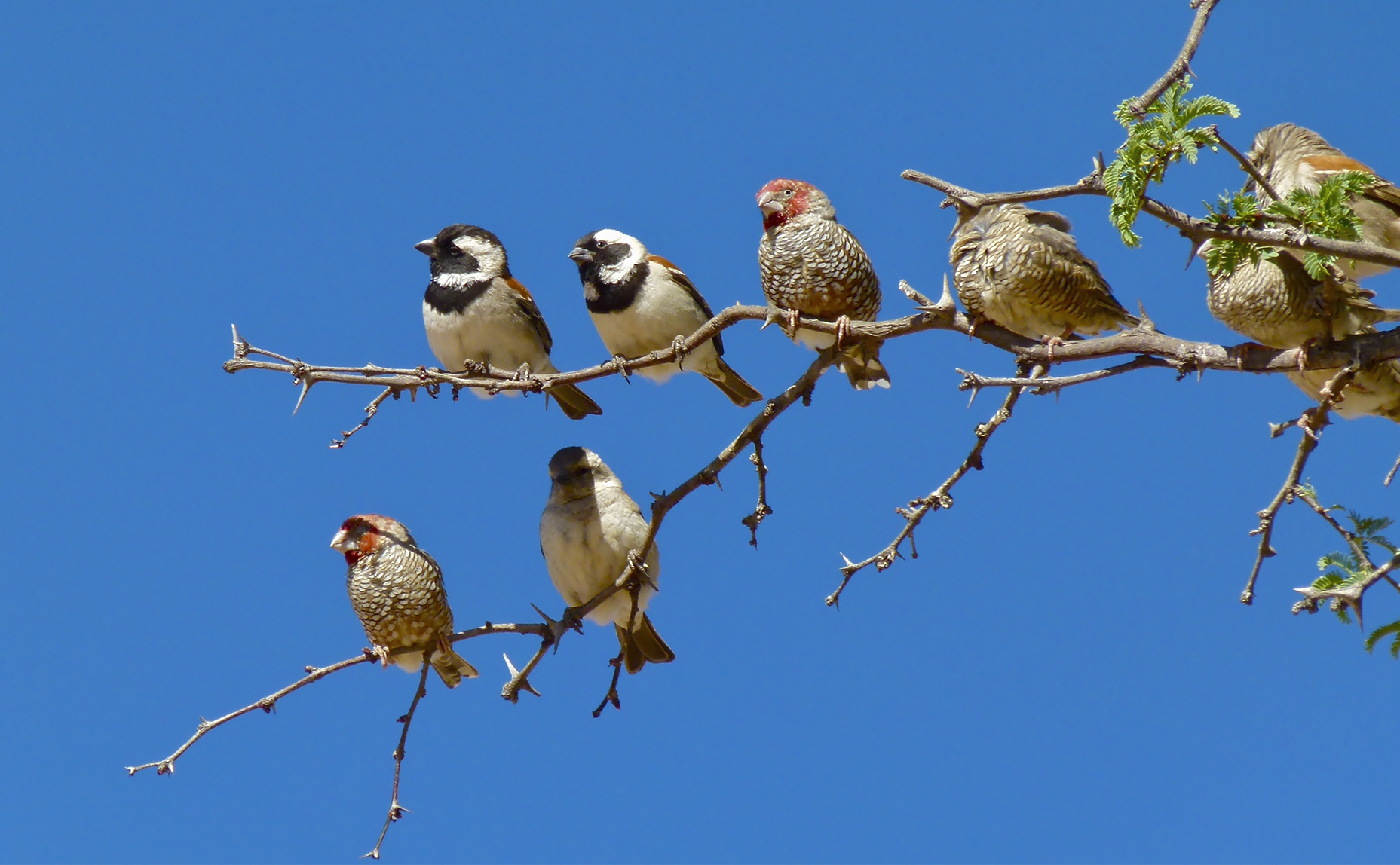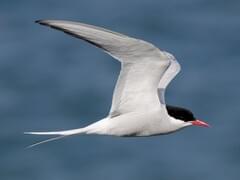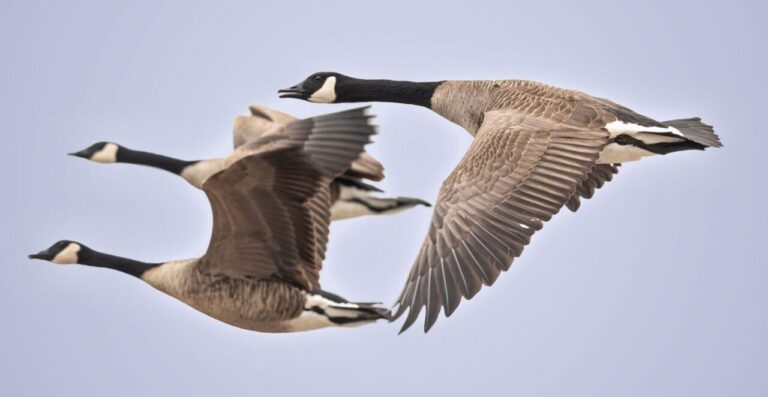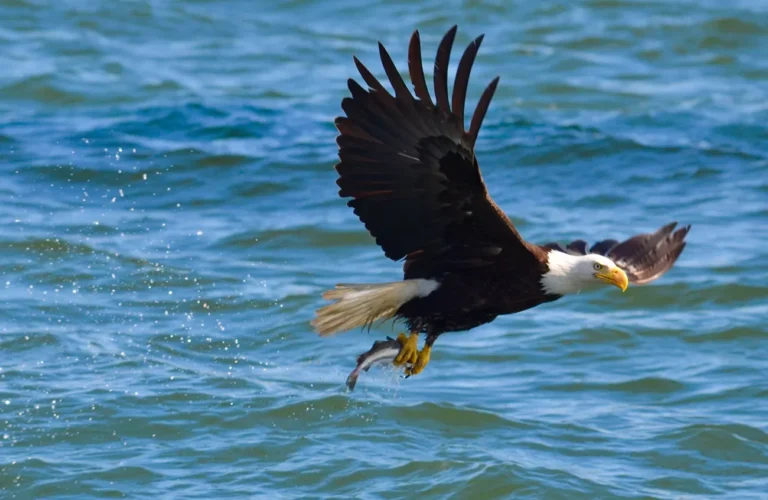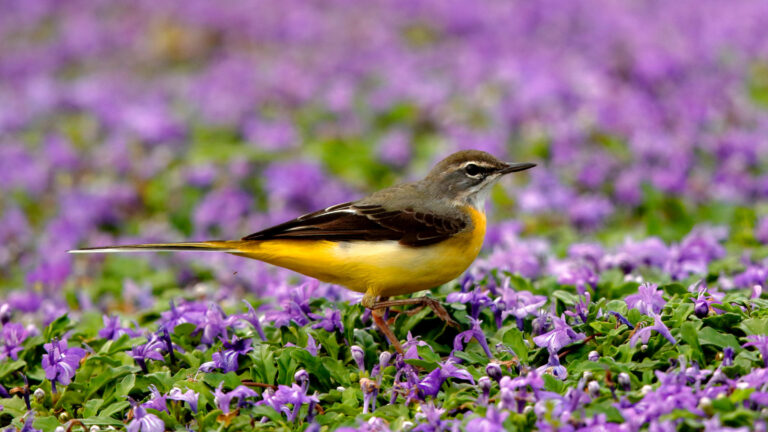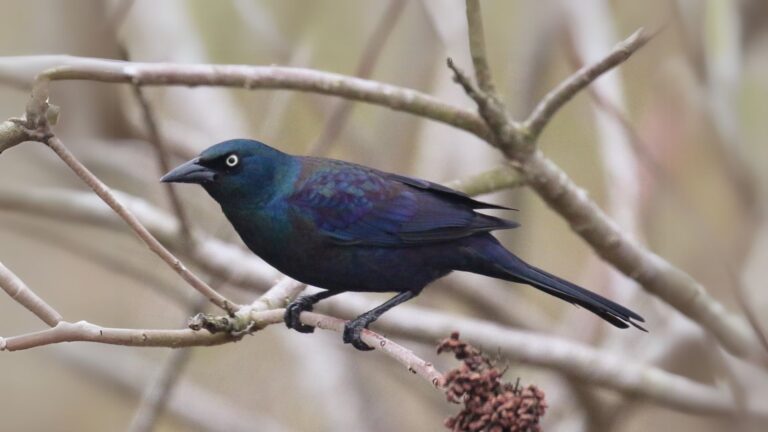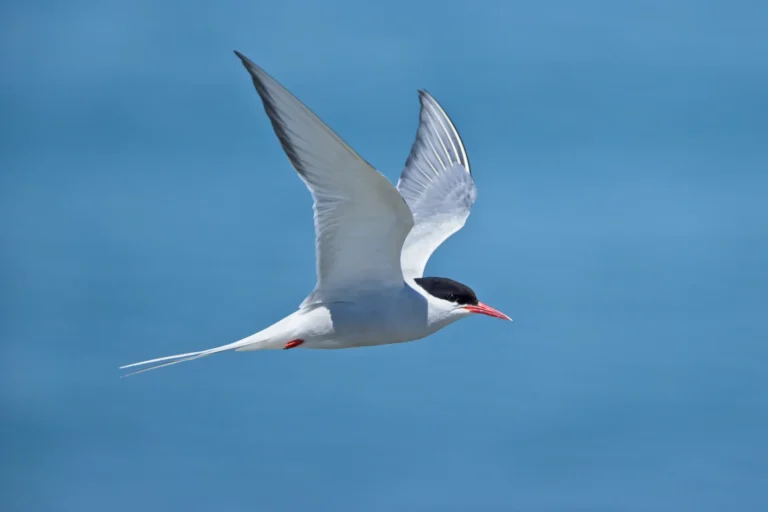Black Oil Sunflower Seeds: The Best Choice for Healthy Birds and Vibrant Gardens
Black oil sunflower seeds are a go-to snack for many birds, and you’ll find them at just about any shop that carries bird supplies. Their thin shells and high oil content pack a punch of energy, which wild birds really need, especially when it’s cold out. People love tossing them in feeders to draw in cardinals, finches, chickadees—pretty much the whole crew—right to the backyard.
If you’ve ever tried black oil sunflower seeds, you might’ve noticed more birds showing up, and even some you didn’t expect. It’s a simple way to support local bird populations and enjoy a little wildlife theater from your window.
Key Takeaways
- Black oil sunflower seeds are a classic birdseed pick.
- High oil means more energy for birds.
- Backyard feeders swear by them to attract a variety of birds.
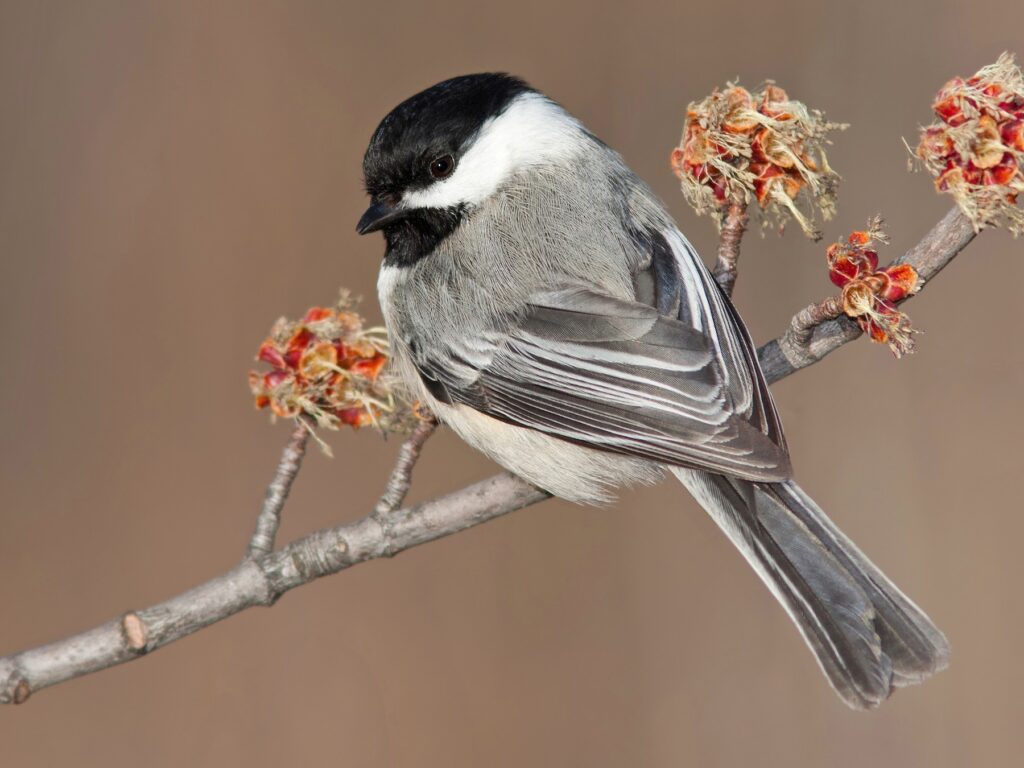
What Are Black Oil Sunflower Seeds?
Black oil sunflower seeds come from the sunflower plant (Helianthus annuus). They’re mostly used for bird feed but also pressed for oil. What sets them apart? Thin shells, loads of oil, and solid nutrition.
Origin and Characteristics
These seeds grow on a sunflower variety bred for seed production. The flowers are big with dark centers, and the seeds themselves are solid black—not striped like the ones you snack on.
Farmers plant black oil sunflowers because they’re tough and adapt to all sorts of climates. You’ll see fields of them in the U.S., Ukraine, Russia, and across Europe. The seeds are smaller than the striped kind and have a shell that’s easy for birds to crack.
The plants stand up well to heat, cool weather, and even drought, as long as they get sunlight. That’s part of why farmers like them for big crops.
Difference From Other Sunflower Seeds
Black oil sunflower seeds and striped (confectionery) sunflower seeds aren’t the same, and here’s a quick rundown:
| Feature | Black Oil Sunflower Seeds | Striped Sunflower Seeds |
|---|---|---|
| Shell Color | Solid black | Black and white stripes |
| Shell Thickness | Thin | Thicker |
| Main Use | Bird feed, oil | Snacks, baking |
| Size | Smaller | Larger |
| Oil Content | High (about 40-50%) | Lower |
The thin shell and high oil content make black oil sunflower seeds easier for small birds to eat. Striped seeds are mostly for people—think snacks or baking.
Nutritional Value
Black oil sunflower seeds are loaded with nutrients for both animals and humans. Each little seed is packed with healthy fats—mostly monounsaturated and polyunsaturated kinds.
Here’s what you get in a 100-gram serving:
- Calories: about 550 kcal
- Protein: about 20 grams
- Fat: about 50 grams (mostly the good stuff)
- Fiber: about 8 grams
- Vitamin E: plenty (great antioxidant)
- Minerals: magnesium, selenium, and phosphorus
These nutrients help with heart health, skin, and the immune system. For birds, the fat gives them energy—crucial in winter when food is scarce. And when pressed, these seeds make sunflower oil for cooking and food products.
Benefits and Uses for Birds
It’s no wonder wild birds love black oil sunflower seeds: the shells are easy to open, and the inside is packed with energy and nutrition. They’ll bring a surprising mix of feathered visitors to your feeders.
Why Birds Love Black Oil Sunflower Seeds
The thin shell? Birds crack it open with little effort. The inside is full of fat and protein, perfect for fueling up in harsh weather or while raising chicks.
High oil content gives these seeds an edge over others like striped sunflower or millet. Birds get more calories per bite, which matters for busy species like chickadees and siskins.
The natural oils also help keep the seeds from spoiling fast. Cardinals, nuthatches, and plenty of others hunt for these seeds all year. They’re a dependable source of nutrition, no matter the season.
Best Bird Species to Feed
Lots of backyard birds go for black oil sunflower seeds. Here are some regulars:
- Cardinals
- Finches (especially goldfinches)
- Nuthatches
- Pine Siskins
- Chickadees
- Grosbeaks
Woodpeckers and sparrows dig them, too. The thin shell makes these seeds work for small and medium-sized birds. Larger seeds can be tricky for little birds, but black oil sunflower seeds are just right for almost any visitor at the feeder.
If you’re hoping to attract a crowd of colorful, interesting birds, put out black oil sunflower seeds. You’ll probably get regulars stopping by once they know the seeds are there.
Choosing Feeders and Placement
Picking the right feeder makes a difference. Tube feeders with small perches are great for finches, chickadees, and nuthatches. Platform or hopper feeders are better for cardinals and grosbeaks—they need a bit more space.
Look for feeders with drainage so rain doesn’t soak the seeds. Wet seeds can get moldy, which isn’t good for birds. Clean feeders often, and don’t bunch them too close together.
Placement tips:
- Hang feeders away from bushes where squirrels or cats might hide
- Keep them near trees or shrubs so birds have quick cover if startled
- Mount feeders at least five feet up to keep ground animals at bay
Choosing a good feeder and a smart spot will bring a lively mix of birds right to your yard.
How to Store and Handle Seeds
If you want black oil sunflower seeds to stay fresh, stash them in a cool, dry place. Airtight containers—think metal cans or those sturdy plastic bins—really do the trick. They keep out moisture, bugs, and those sneaky rodents.
Before you fill up your feeders, give the seed bags a quick check. Any clumps, mold, or weird smells? Toss it. Wet or sour-smelling seeds aren’t just unappetizing—birds won’t touch them, and honestly, they could get sick.
Try not to put out more seed than your feathered visitors can finish in a few days. That way, you avoid old leftovers sitting around. And hey, always wash your hands after dealing with seeds or feeders. It’s a simple step, but it helps keep germs at bay and protects the birds stopping by your yard.
